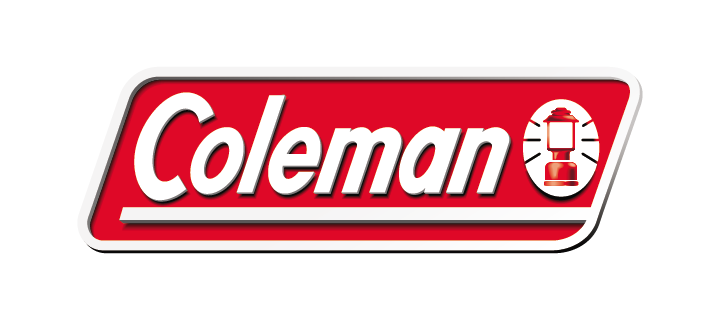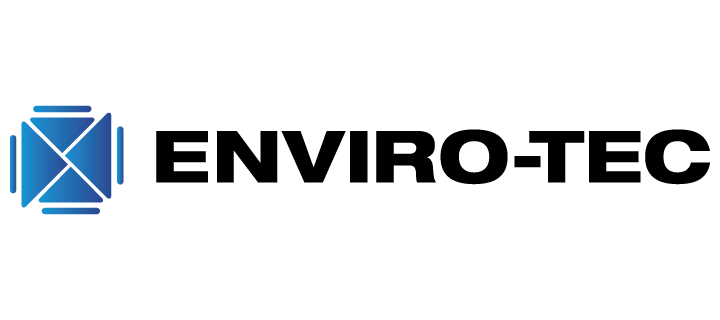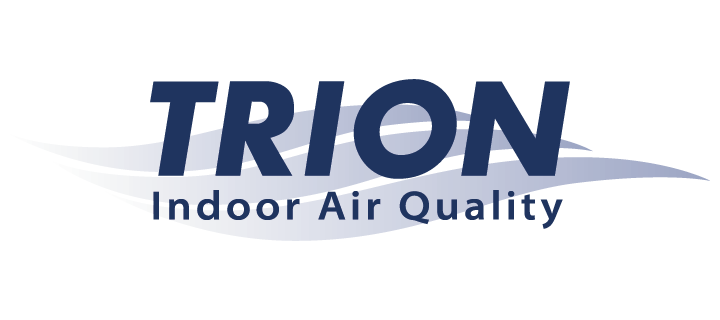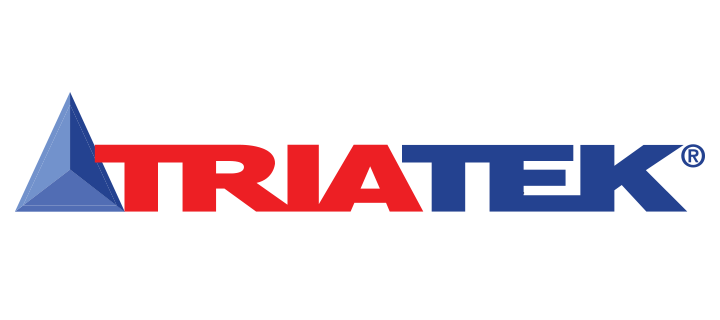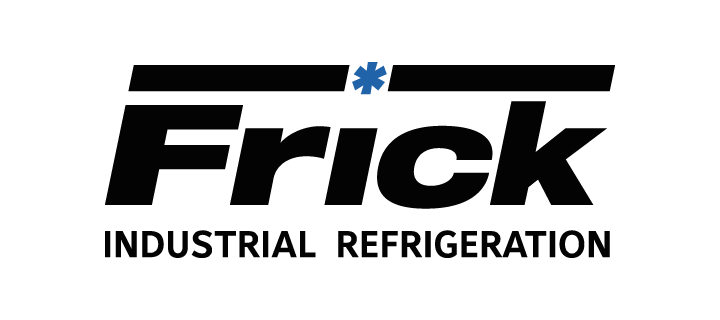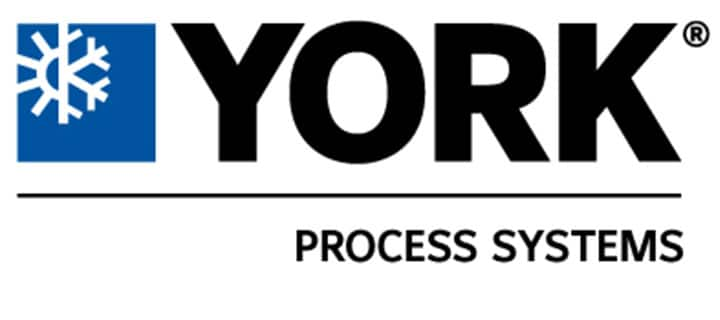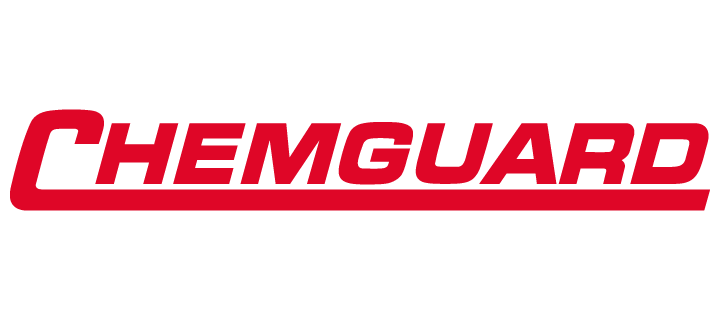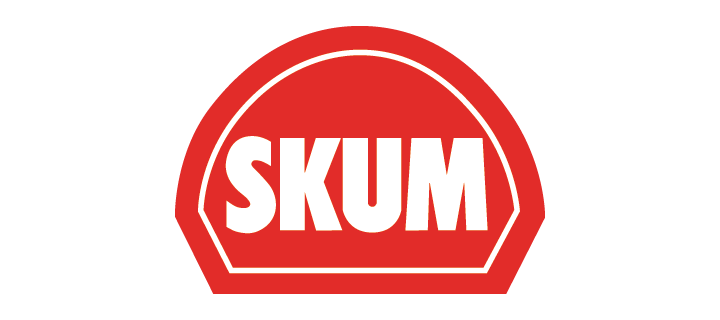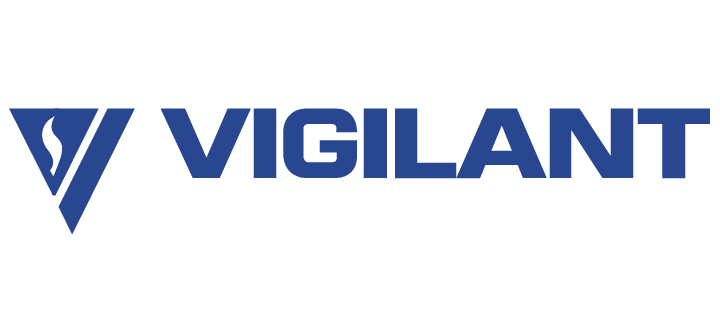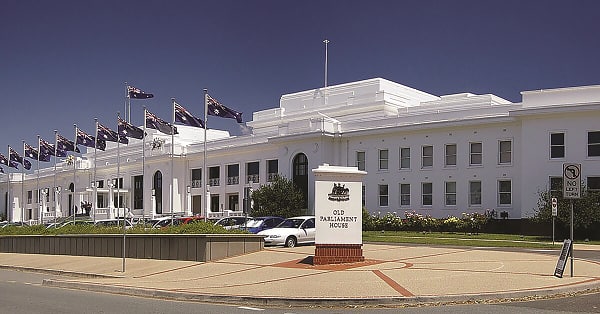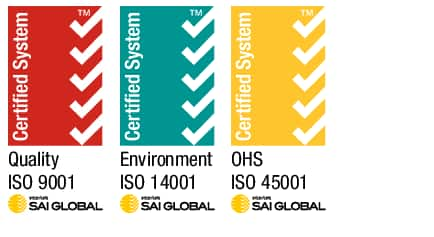Innovation for the Life of Your Building

By Jim Nannini
VP - Building Wide Systems Integration, Johnson Controls
There’s a new way to construct a smarter, safer, more optimized and efficient building. And it starts with a better understanding of your facility’s technology environment, focusing on the current state of your systems and integration practices.
Traditionally, systems that control building functions such as HVAC, security, lighting, information technology and communications have operated as stand-alone entities. They also tend to be managed with a proprietary information technology (IT) solution, disconnected from conventional systems and standards. This isolation has restricted the ability for these systems to operate as an integrated unit within a facility, leveraging each other to provide better occupant and facility outcomes.
As the Internet of Things (IoT) moves further into the realm of facilities management and construction, building wide system integration is more important than ever before. A convergence of building, specialty, business and information systems can be attained, eliminating redundant, isolated systems managed under various vendors and communication channels. The convergence of these systems allows previously siloed entities to connect, share and optimize data across technology platforms, knocking down the walls of proprietary systems and using one common communication language. The result is a holistic systems environment, managed on a unified and intelligent infrastructure.
The benefits of implementing building wide systems integration include:
- cost savings on technology
- improved communications
- increased productivity and workflow
- a future-ready network environment
- the ability to grow as technology advances and communications needs evolve
These results are delivered through a strategic systems integration plan, design-assist partnerships, and converged technology strategies that produce smarter buildings ready to meet the needs of building owners and occupants.
In order to make this a reality, both in-practice and in-budget, the owner and design and construction teams must collaborate early in the process and make informed, data-driven decisions about connectivity and interoperability among the building’s key systems. Navigating this territory can be complex and costly, and many are left wondering what it means for their facility, how to start the process and where to spend their money. Johnson Controls has long used technology navigation sessions, an interactive, hands-on, design-assist process meant to uncover technology priorities and maximize every dollar spent.
The team works together using various tools to identify key areas of need that technology integration might address. The byproduct of the technology navigation session is the identification of technology readiness, opportunities and improvement areas.
A well thought-out converged technology plan provides innovation for the life of your building - more predictive outcomes, smarter buildings, lower up-front and lifecycle costs, more satisfied and productive occupants, safer and more comfortable environments, and a facility that’s able to support desired outcomes, today and in the future.






